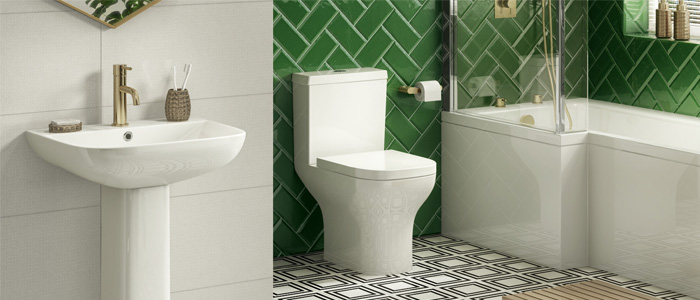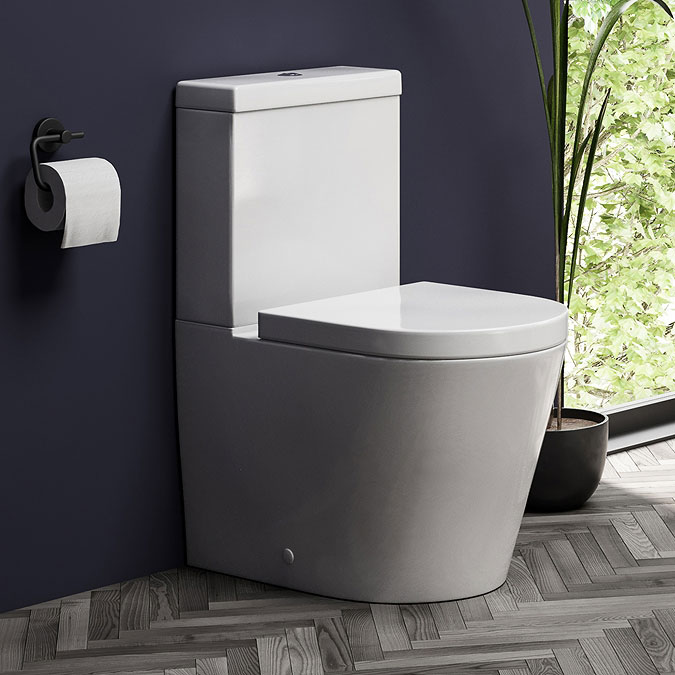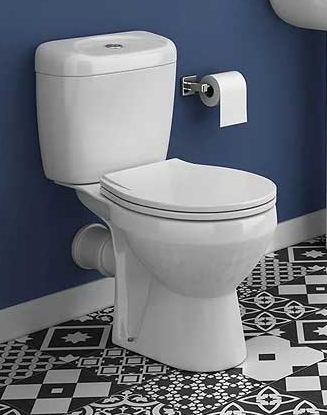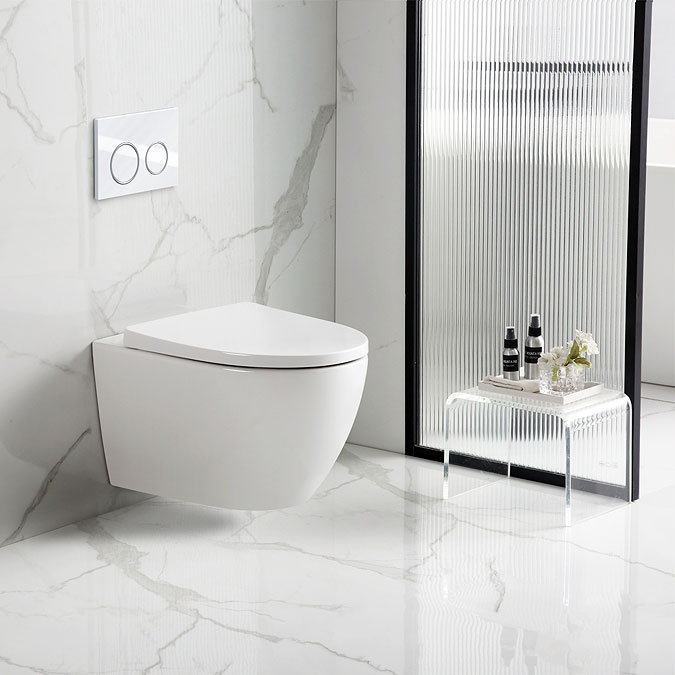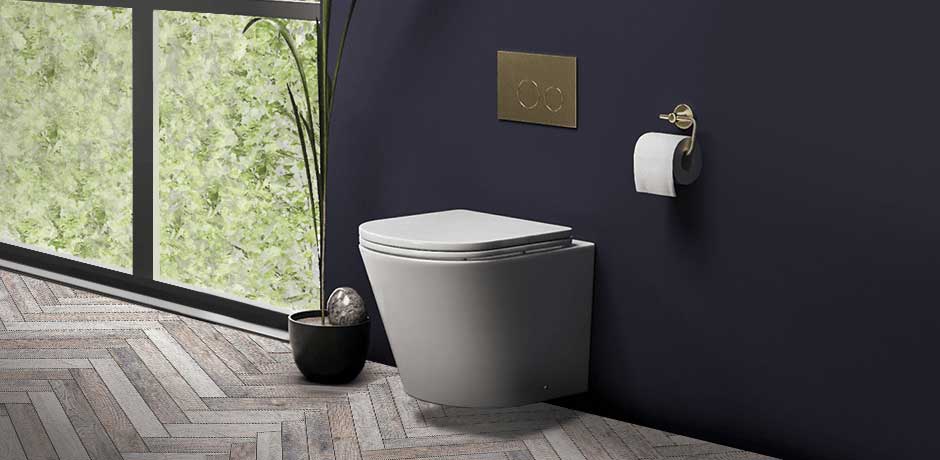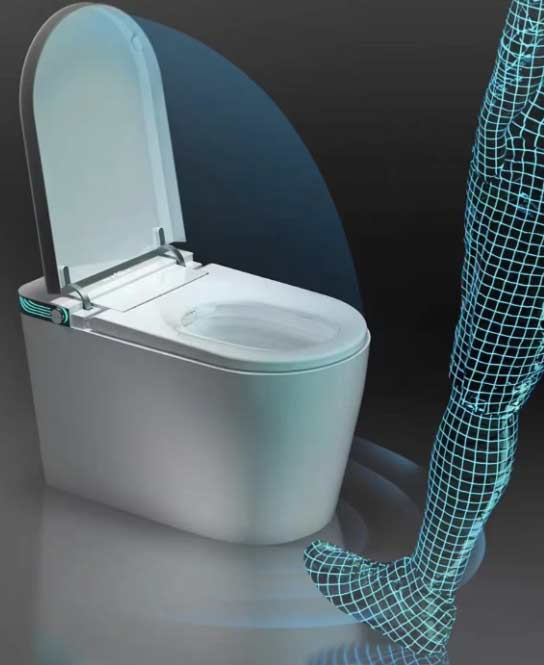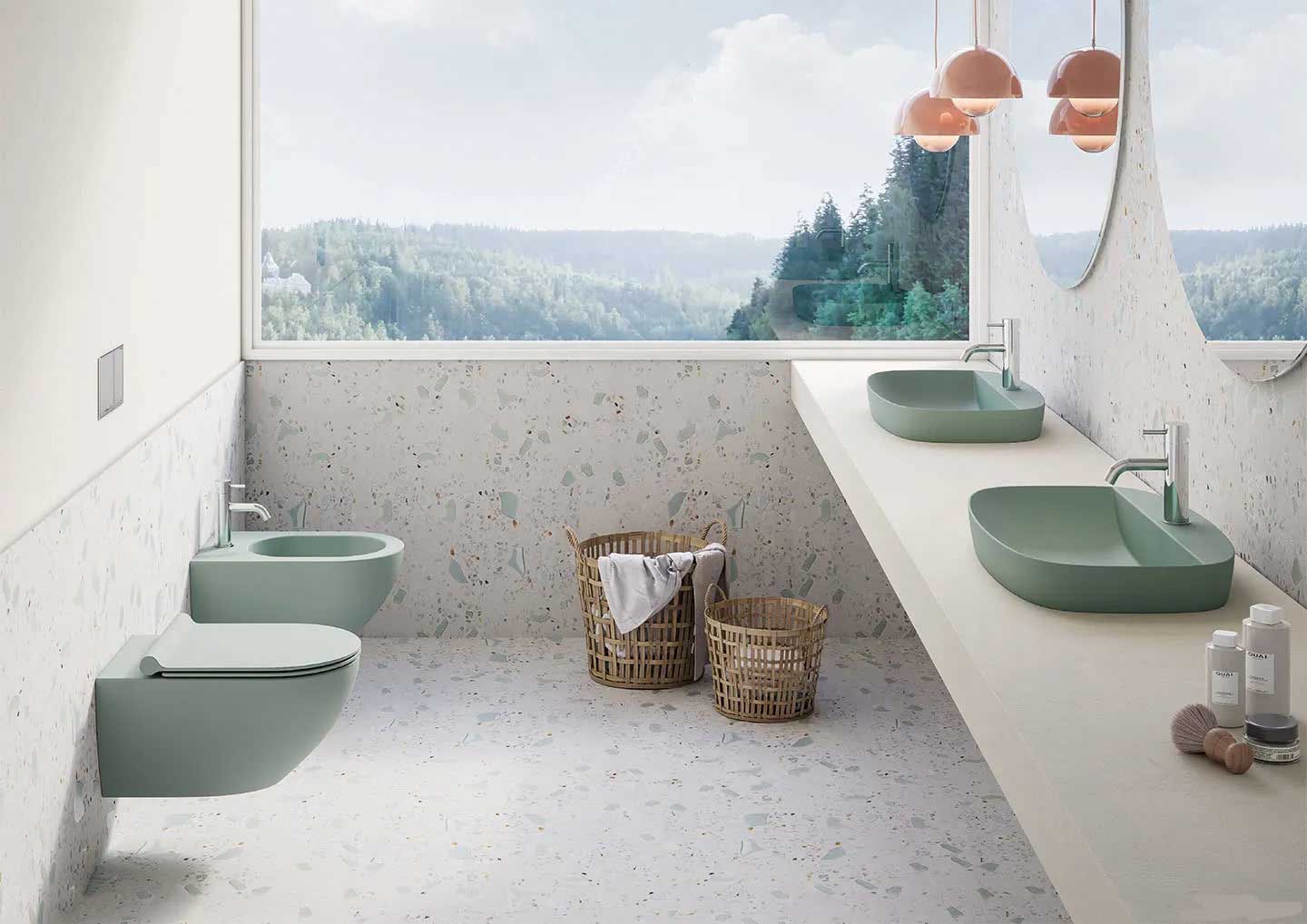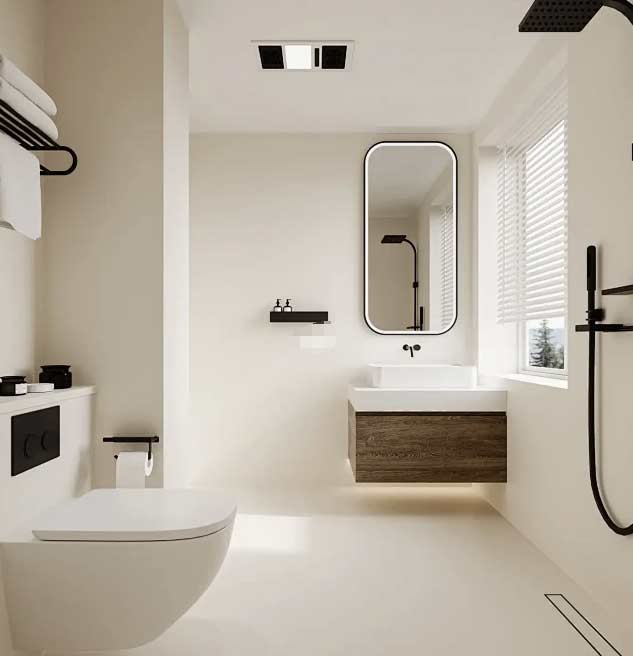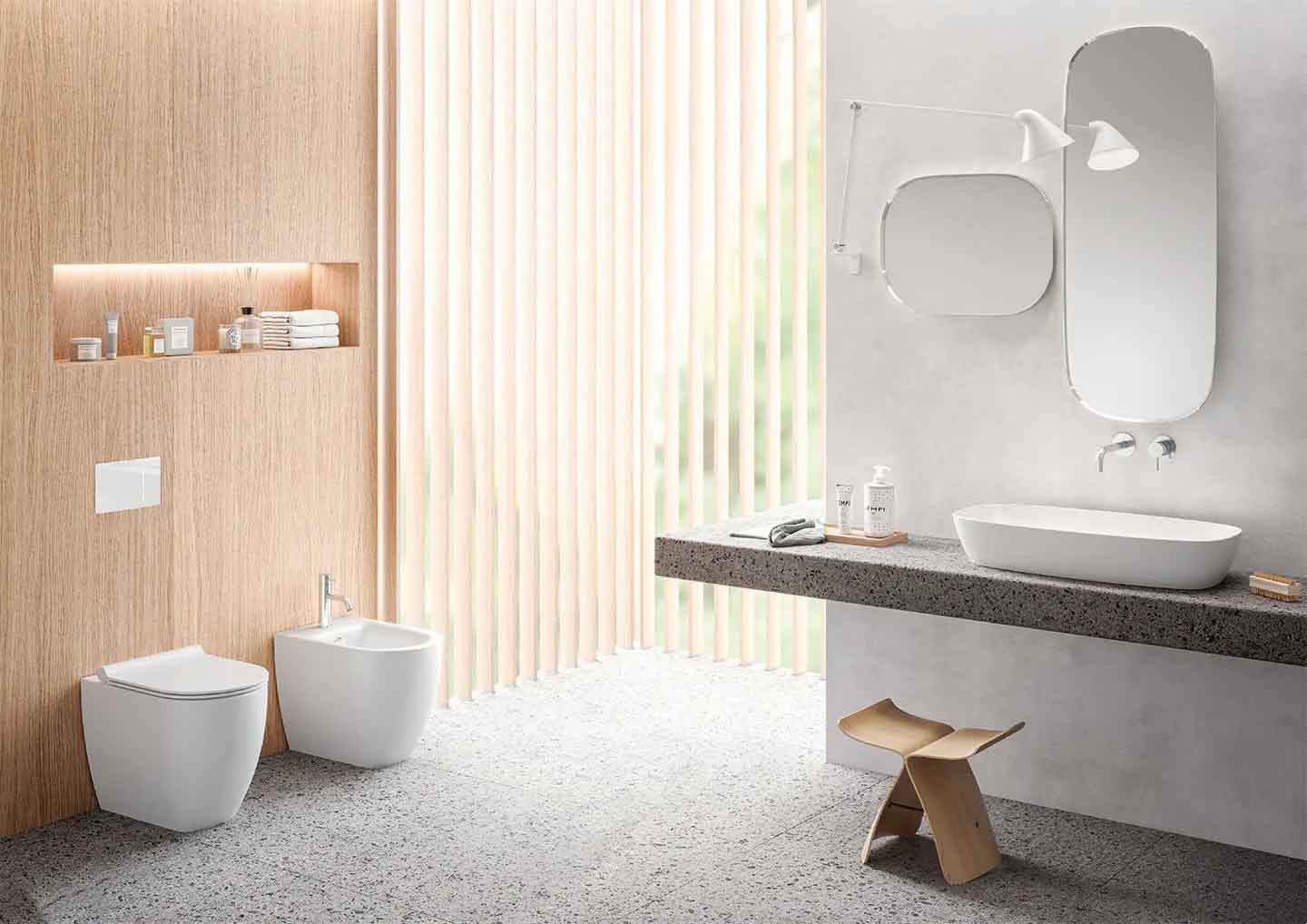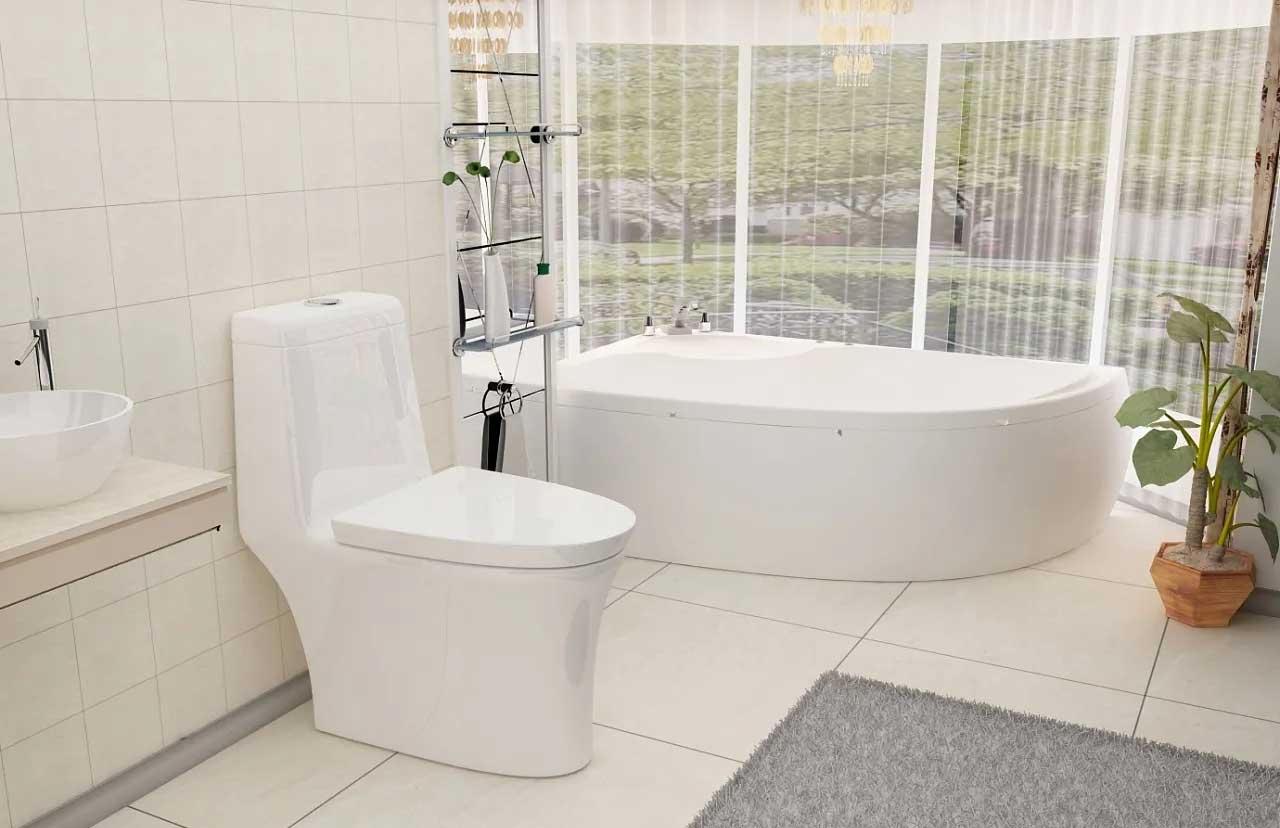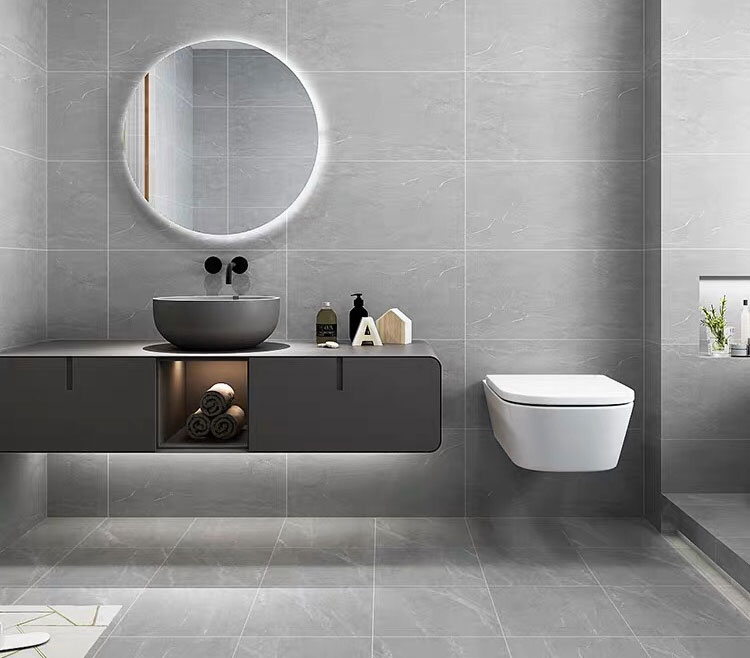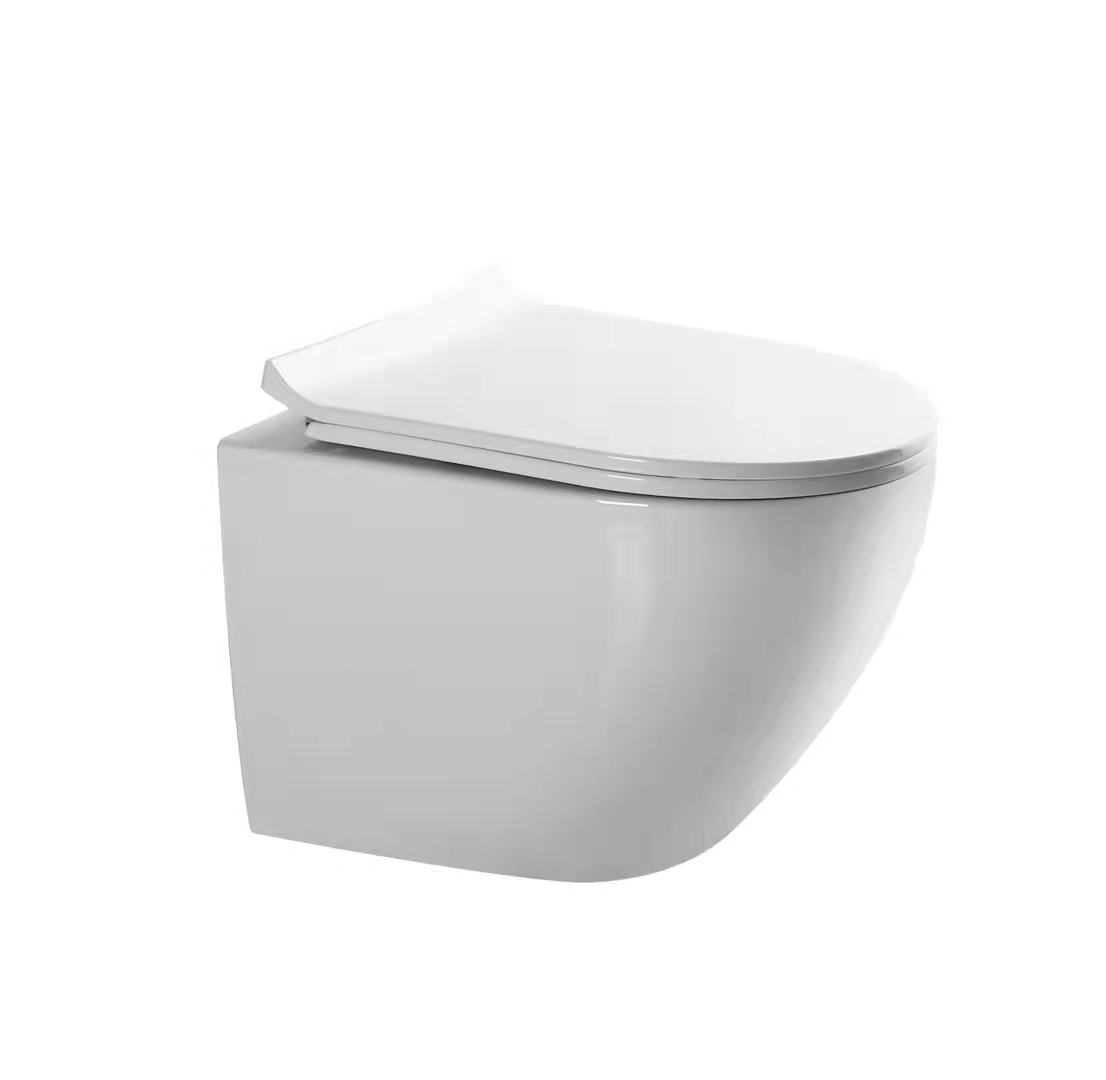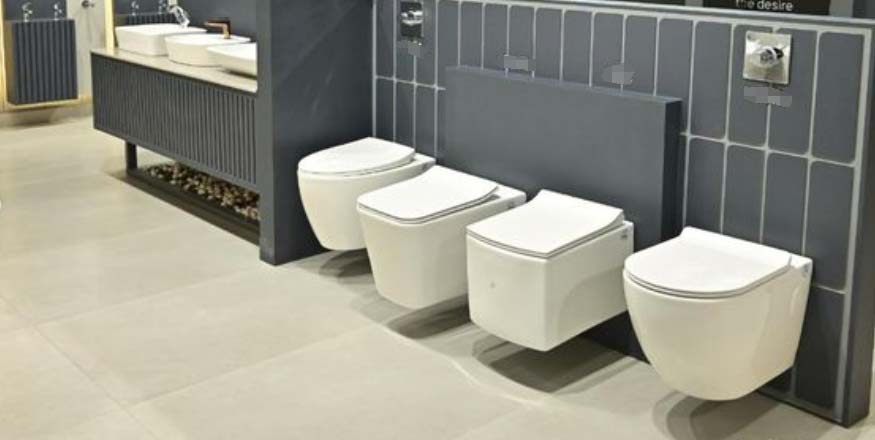Welcome to the world of toilets – yes, that humble throne you sit upon daily, but never really think about until it’s time to choose a new one! It’s easy to overlook how essential a good toilet is until you’re knee-deep (not literally, we hope) in the process of selecting the perfect one. From close-coupled models to futuristic smart toilets, this expert toilet buying guide will take you through everything you need to know about making that all-important porcelain decision.
Whether you’re renovating your bathroom or just looking to upgrade, this guide is designed to help you choose the right toilet for your space, style, and budget. We’ll cover all the essentials, from toilet types and installation tips to water efficiency and the features you didn’t even know you needed.
Customers who have read Buying Guide 1, please read Buying Guide 2. Now let’s talk about the factors to consider when buying a toilet and the most popular ones.
Key Considerations
Choosing the right toilet isn’t just about aesthetics. You also need to think about practical factors like space, plumbing, and comfort. Before making your decision, ask yourself these questions.
Family Use
If your household includes small children or elderly members, consider a toilet that caters to diverse needs. Features like soft-close seats and accessible heights can make the bathroom safer and more convenient for everyone.
Space
How much room do you have? For small bathrooms, opt for space-saving designs like short-projection or wall-hung toilets. These options help maximise floor space and make the room feel more open. If your bathroom is awkwardly shaped, consider corner toilets or positioning the toilet under a window (if dimensions allow). Corner toilets with triangular cisterns are perfect for maximising space.
Plumbing
Check if your existing soil pipe and plumbing will accommodate your new toilet. Toilets have different outlet designs, including horizontal, vertical, left-facing, and right-facing outlets. Ensure compatibility to avoid costly plumbing work. Ensure the toilet can be installed within 6 metres of the soil pipe. The shorter, the better.
Comfort
Do you need a comfort-height toilet for added accessibility? Comfort-height toilets are a great option if you’re tall or have mobility issues, as they sit a little higher off the ground than standard toilets.
Style
Do you prefer a traditional look with visible cisterns or a sleek, minimalist design with hidden fixtures? Consider how your new toilet will fit into your bathroom’s overall aesthetic.
Projection
Measure the available space to avoid issues with toilet depth or how far it protrudes into the room. Most standard toilets project around 800mm or less, while compact or short-projection toilets are ideal for smaller bathrooms, cloakrooms, or en-suites.
Building Code Compliance
Ensure your new toilet installation complies with UK building codes. For example, there must be at least 15 inches of space between the rim of the toilet and the wall. Additionally, verify that your plumbing setup meets local standards, especially for concealed cisterns or wall-hung toilets. Consulting a plumber or building professional is advised to avoid compliance issues and ensure a smooth installation process.
Flush With Savings
We know that price is always an important factor when shopping for a new toilet, but value for money doesn’t just mean going for the cheapest option. Here’s how to ensure you get the most bang for your buck:
Look for Dual-Flush Models:
While they might have a slightly higher initial cost, dual-flush toilets will save you money in the long run by reducing your water usage. Over time, this will lower your water bills, especially if you’re in an area where water metering is in place.
Consider Maintenance Costs:
Opt for a toilet that requires minimal maintenance. Rimless or skirted designs, for instance, might cost a little more up-front but are easier to clean, saving you both time and money on cleaning products. Many plumbers advise against models with a visible trapway, as these can accumulate grime and be more difficult to clean. Soft-close seats, too, will last longer if handled with care, cutting down on replacement costs.
Check for Warranties:
Many reputable toilet brands offer extended warranties on their products. Always check the warranty period before you buy — this can save you a significant amount of money in repairs or replacements down the line.
Bundle Deals:
When upgrading your bathroom, it can be more cost-effective to buy a toilet as part of a bundle. Look for packages that include a toilet, basin, and perhaps even a bath or shower, saving you money on individual purchases.
Eco-Friendly Rebates:
Some areas offer rebates or incentives for installing water-saving appliances like eco-friendly toilets. Check with your local council or water provider to see if you can claim back a portion of the cost.
Shop Around:
Don’t settle for the first option you find. Compare prices across different retailers and brands to ensure you’re getting the best deal. Keep an eye out for sales or clearance events, especially when big-name bathroom retailers clear out stock to make room for new collections.
Popular Toilet Brands
We’ve gathered some of the most reputable toilet brands to make your decision easier. Here’s a quick look at what each brand has to offer:
F6151
Known for its sleek and minimal designs, F6151 is all about combining style with functionality. Their space-saving wall-hung and back-to-wall toilets are perfect for modern bathrooms.Top choice for luxury model.
Back to wall toilet
F6305H-2
Specialized economy toilet, designed for your economy bathroom. Add color to your economy bathroom.
F4103
F4103 is the brand of choice for luxury bathrooms. They offer everything from rimless toilets to wall-hung models, blending modern elegance with cutting-edge features.
Savvy Shopper
Now that you’ve got a sense of the different toilet types and styles, it’s time to get into the more technical details. This section covers crucial factors like water efficiency, installation requirements, and how to maintain your new toilet for optimal performance.
Water Efficiency
With water conservation becoming increasingly important, modern toilets have evolved to help you save water (and money). Here’s what to look out for:
Dual Flush Systems:
These provide two flush options — one for liquid waste (around 3 litres of water) and one for solid waste (around 6 litres). Ideal for reducing water usage in eco-conscious households.
Eco-Friendly Models:
Some toilets use as little as 2.6 litres per flush, meaning you’ll drastically cut your water consumption without sacrificing performance. Look for models with high water efficiency ratings, especially if you’re environmentally conscious.
Installation Tips
Once you’ve chosen your perfect toilet, it’s time to think about installation. Some types of toilets are easier to install than others, so here are a few tips:
Pipe Connections:
Make sure your new toilet’s outlet matches the location of your existing soil pipe. This ensures proper drainage and avoids any potential plumbing headaches down the road.
Mounting:
Wall-hung toilets require a sturdy frame for support, as they “float” above the floor. Close-coupled and back-to-wall toilets, on the other hand, are generally simpler to install for DIY enthusiasts.
Consult a Plumber:
If you’re moving the position of the toilet or installing a concealed cistern, it’s best to call in a professional to avoid mistakes and ensure everything is properly connected. A plumber can help prevent costly errors and ensure your installation goes smoothly.
Frequently Asked Questions
What’s the best type of toilet for a small bathroom?
A wall-hung or short-projection toilet is your best bet, as they occupy minimal floor space and make the room feel more open.
What’s the most eco-friendly toilet?
A dual-flush toilet is the most eco-friendly option, allowing you to conserve water by choosing between two flush volumes — a light flush for liquids and a full flush for solids.
Can I install a concealed cistern anywhere?
Yes, as long as the wall can accommodate it. However, this may require more complex installation work and additional support, so it’s advisable to consult a professional plumber.
How much does it cost to fit a toilet?
Toilet installation typically costs between £330 and £360, but this may increase depending on the complexity of the job, the type of toilet you choose, and your geographical location. Installation usually takes 2 to 3 hours, but unforeseen complications could extend the time or raise the cost.
How much should I spend on a toilet?
When budgeting for a new toilet, consider more than just the purchase price. Basic models start under £100, while luxury options, like wall-hung toilets, can reach up to $6,000. Installation costs range from $100 to $400, depending on the complexity of the job and any plumbing adjustments needed. Be prepared for extra expenses if existing plumbing needs modification. The total cost will depend on the toilet type, your plumbing setup, and any necessary structural changes.
FOHOME, for your beautiful home is our slogan. We are specialized in sanitary ware for more 15 years, with the 3 tunnel kilns with annual supply capacity of 2,500,000pcs and quality control system covering raw material/semi and finished product/packing etc. We hope to find a way to cooperate with you.

